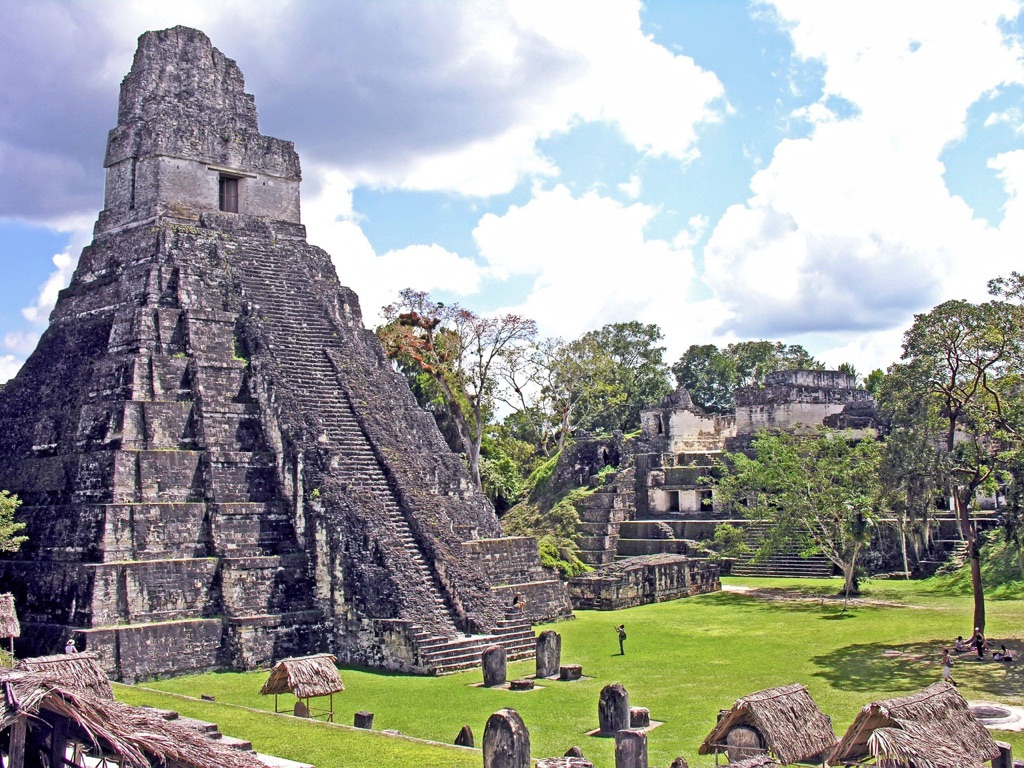Deep in the rainforests of northern Guatemala, the ancient city of Tikal (In Mayan times, probably called – Yax Mutal) stands as a testament to the grandeur of the Maya civilization. Once a bustling metropolis and a powerful city-state, Tikal is now one of the most fascinating archaeological sites in the world, attracting history enthusiasts and explorers alike.
Get your dose of History via Email
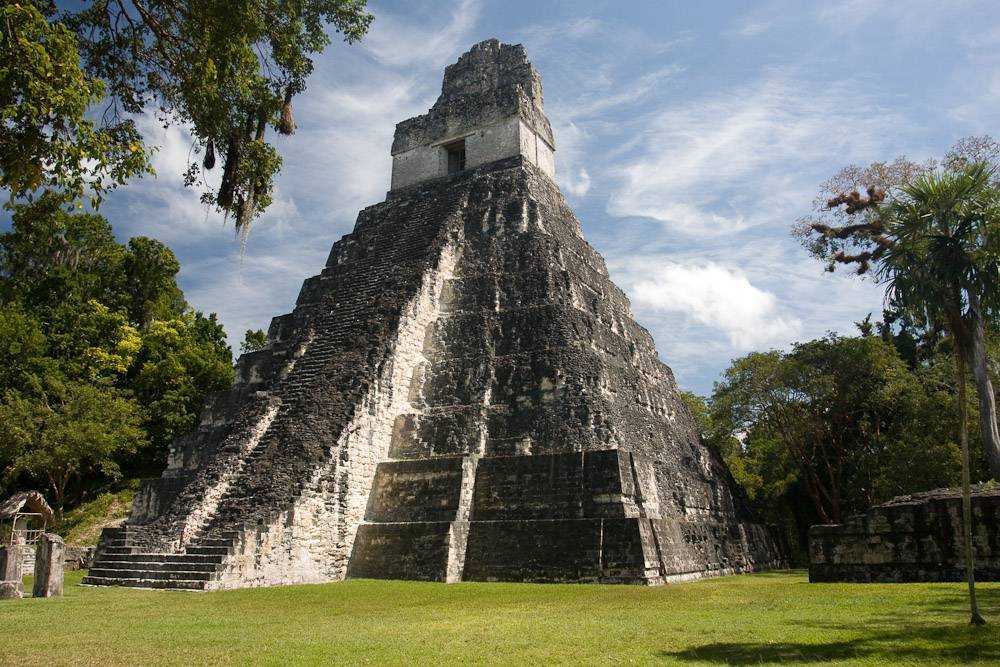
Historical Background
Tikal was one of the most powerful city-states of the ancient Maya civilization, which thrived in Mesoamerica from around 2000 BC to the 16th century AD. The city reached its zenith between 200 and 900 AD, a period known as the Classic Maya period. Tikal was a major political, economic, and military power, controlling vast territories and influencing many neighboring city-states. The city was abandoned by the end of the 10th century, and it remained hidden in the dense jungle until its rediscovery in the 19th century.
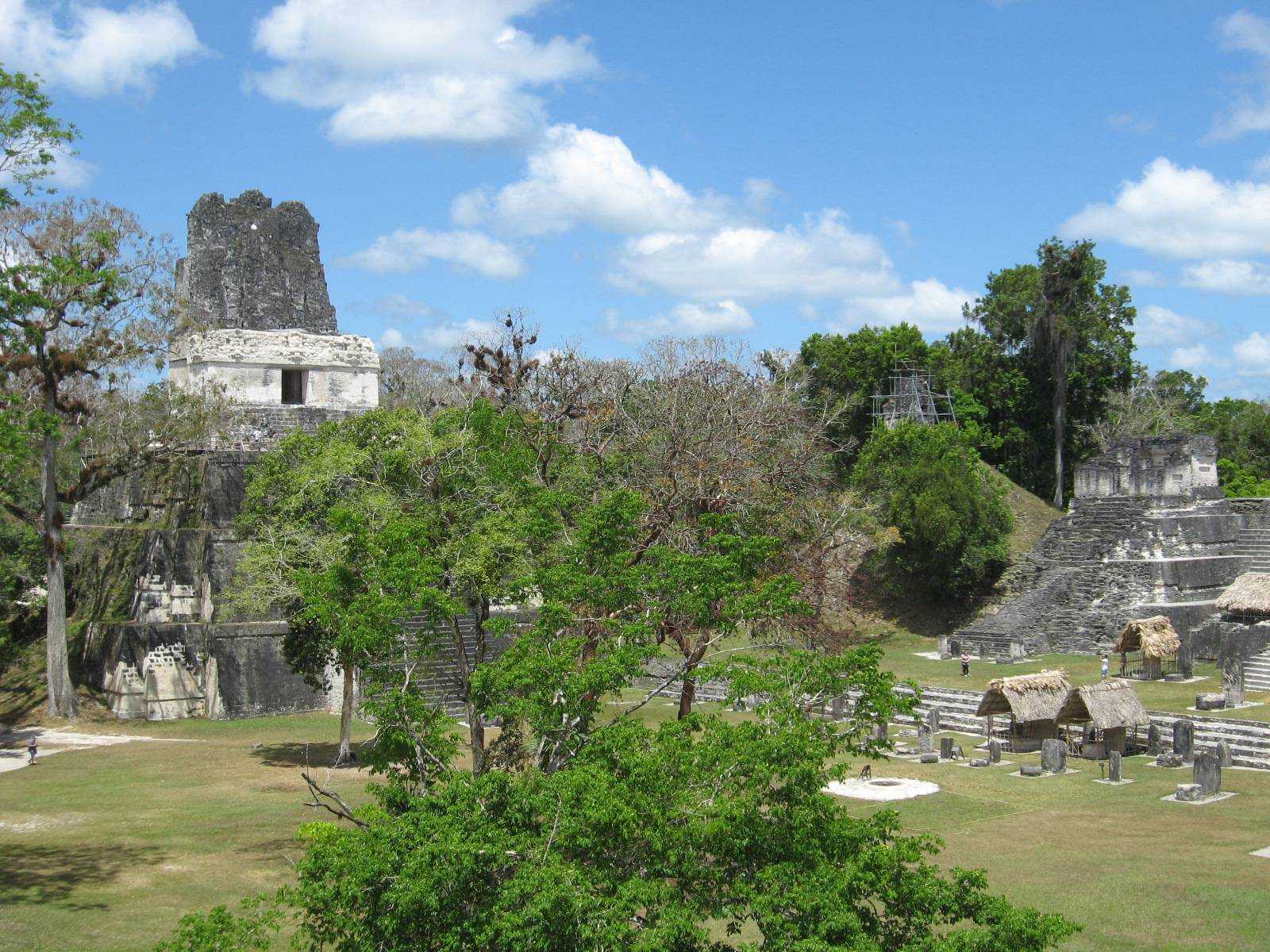
Architectural Highlights
The city of Tikal is spread over an area of more than 16 square kilometers and includes more than 3,000 structures. The most striking features of Tikal are its towering pyramids, the tallest of which, Temple IV, stands at a height of 70 meters. These pyramids were built using limestone, which was abundant in the region. The construction methods involved the use of simple tools like stone hammers and chisels, and the transportation of materials was likely done using human labor and possibly wooden sledges.
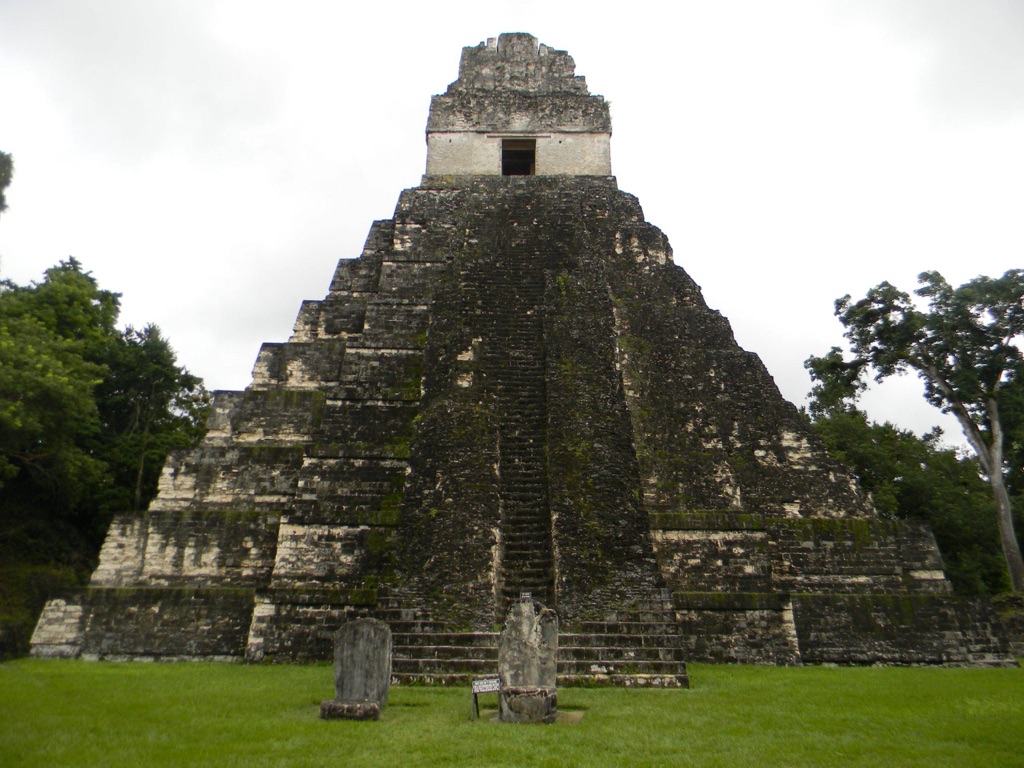
Other notable structures include palaces, residences, administrative buildings, and ball courts. The city also features an intricate network of causeways, known as sacbeob, which connected different parts of the city and its surrounding territories.
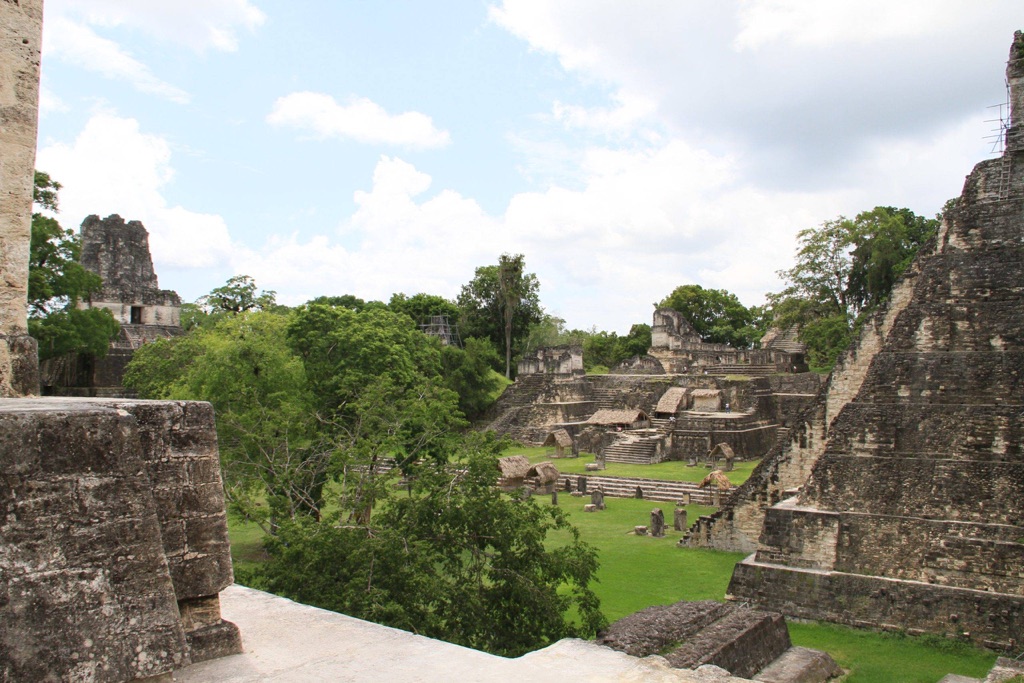
Theories and Interpretations
While the exact reasons for Tikal’s decline and abandonment are still debated, theories suggest a combination of factors, including overpopulation, warfare, environmental degradation, and climate change. The city’s architecture and inscriptions provide valuable insights into the political and social structure of the Maya civilization, as well as their astronomical knowledge and religious beliefs.
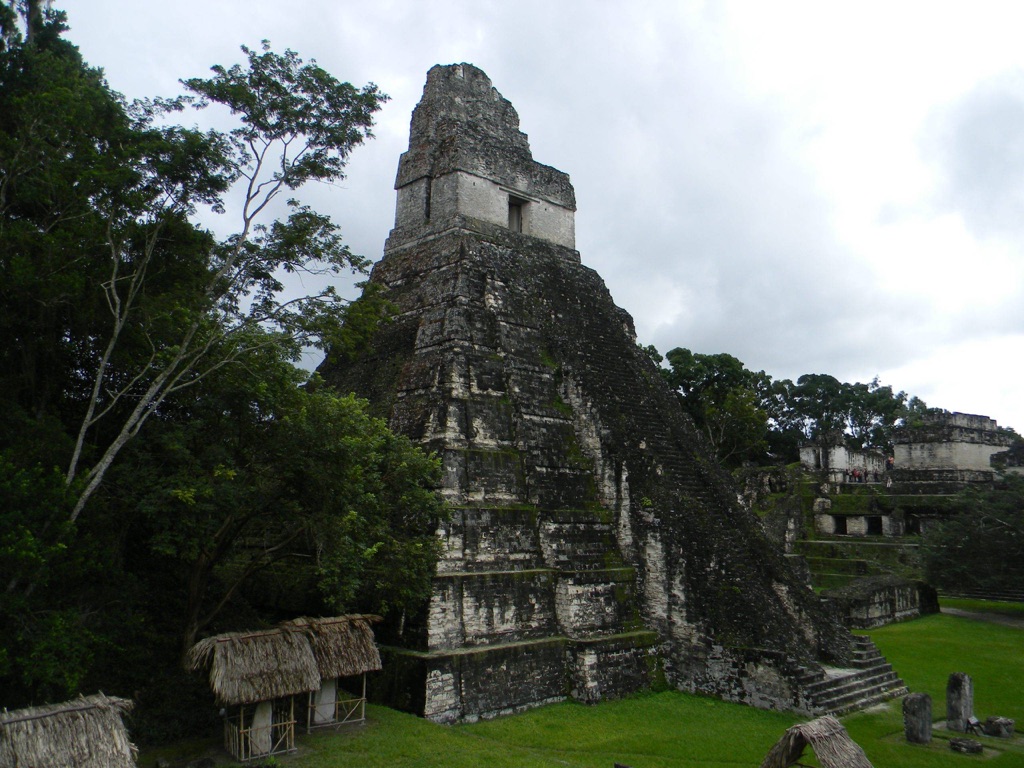
For instance, the orientation of certain buildings and the depiction of astronomical events in the city’s art suggest that the Maya had a sophisticated understanding of astronomy. The city’s many stelae (stone monuments) and murals also provide a wealth of information about the city’s rulers and their exploits, religious rituals, and the Maya calendar system.
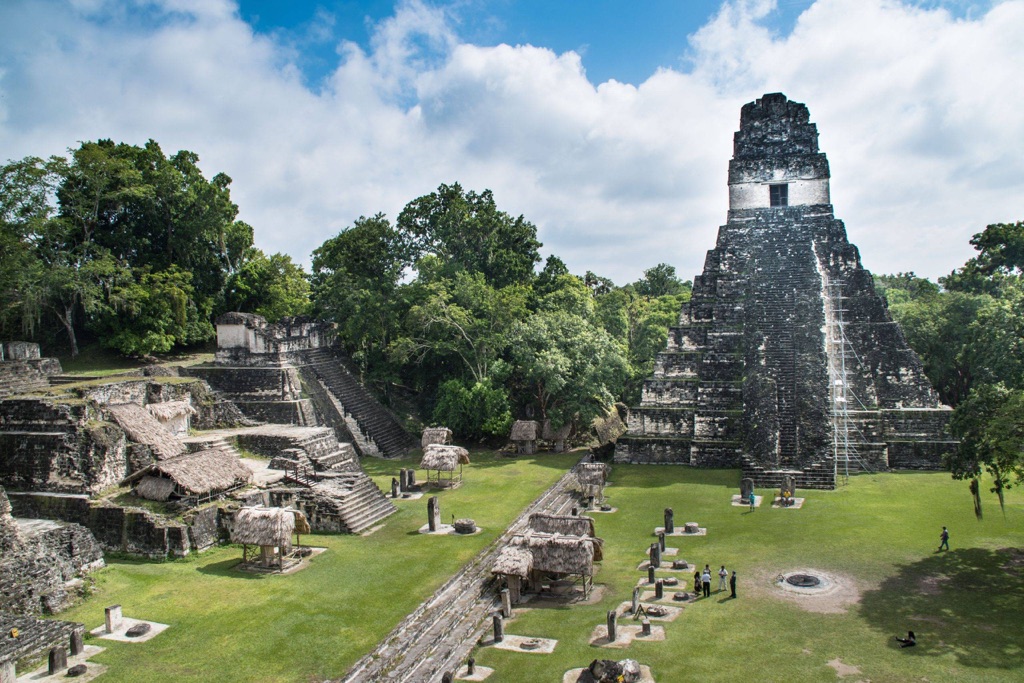
The dating of the city’s structures and artifacts has been done primarily through the study of its inscriptions and the use of radiocarbon dating techniques.
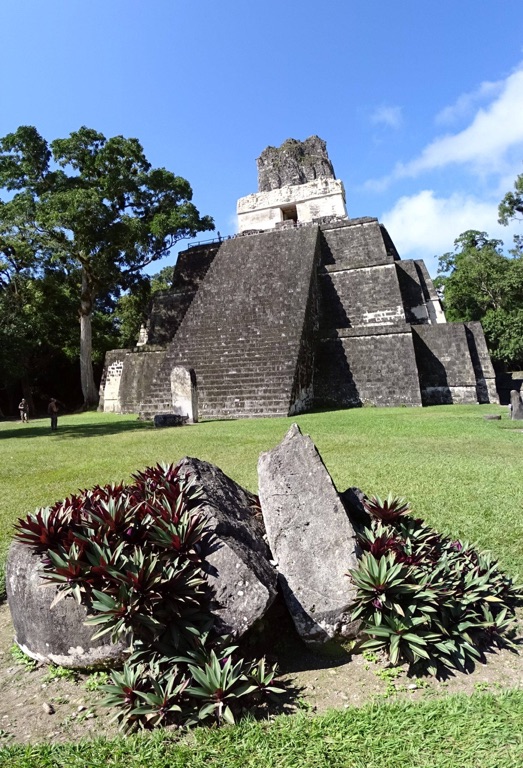
Good to know/Additional Information
Tikal is not just an archaeological site but also a rich biodiversity hotspot. The Tikal National Park, in which the city is located, is a UNESCO World Heritage Site and is home to a wide variety of flora and fauna, including several endangered species. So, a visit to Tikal offers not just a journey into the past, but also an opportunity to explore the natural wonders of the Guatemalan rainforest.
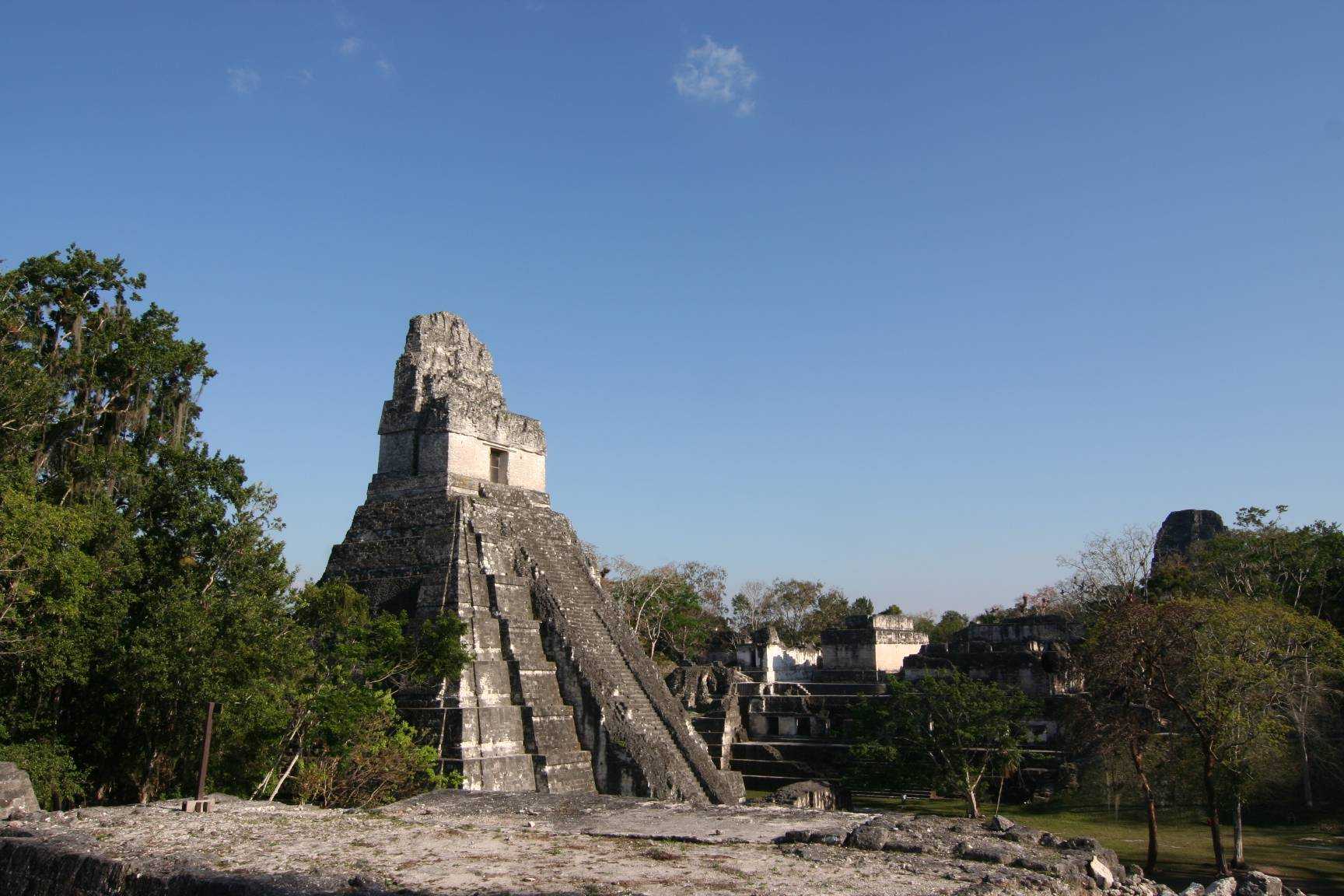
Despite centuries of study, Tikal continues to reveal new secrets. Recent studies using advanced technologies like LiDAR (Light Detection and Ranging) have revealed previously unknown structures and features, adding new dimensions to our understanding of this ancient city. As we continue to delve into its mysteries, Tikal stands as a powerful reminder of the achievements of the Maya civilization and the transient nature of human endeavours.
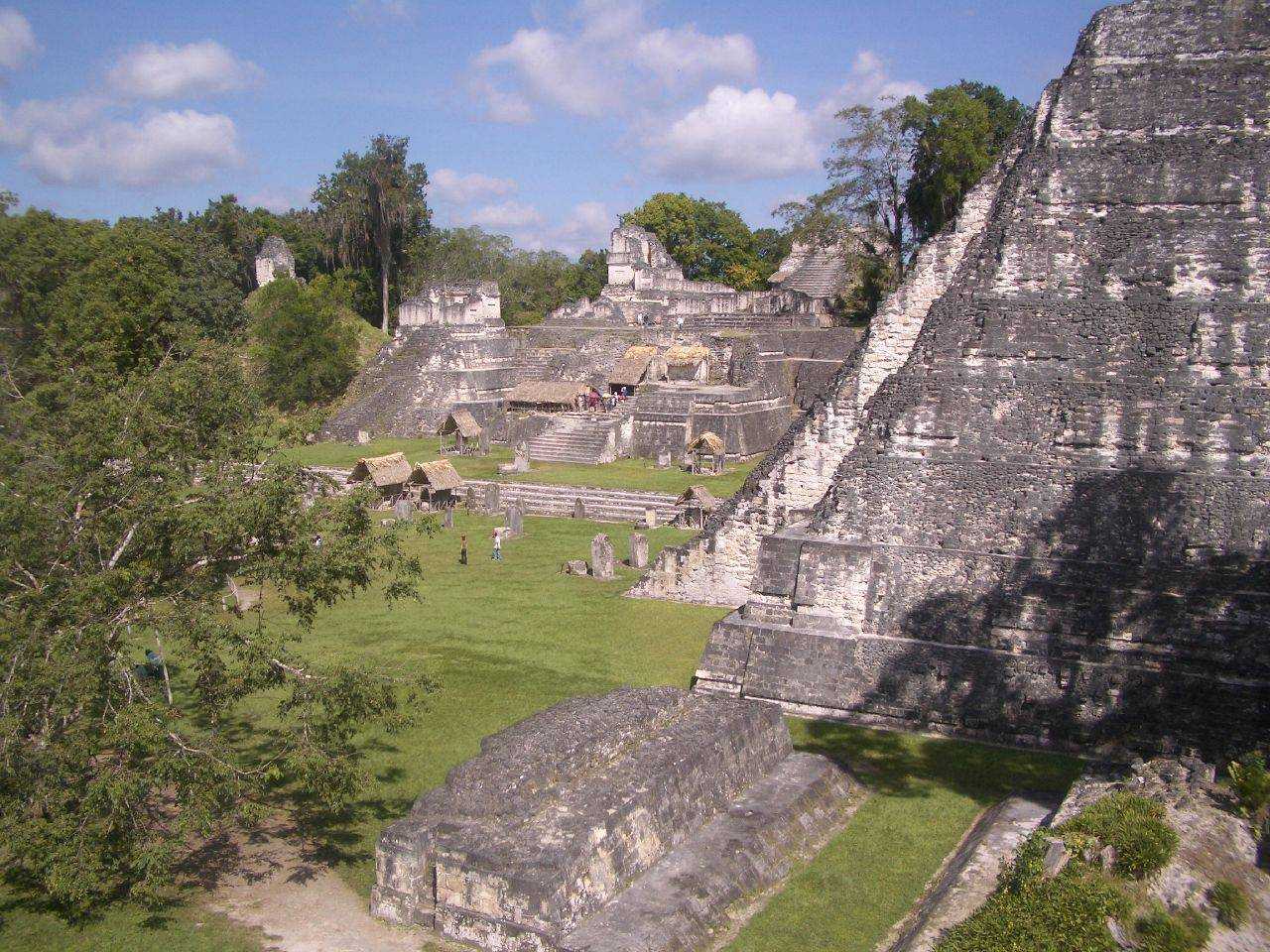
For further reading and information, refer to the following sources:
If you like this article, you should definitely give these a read:

